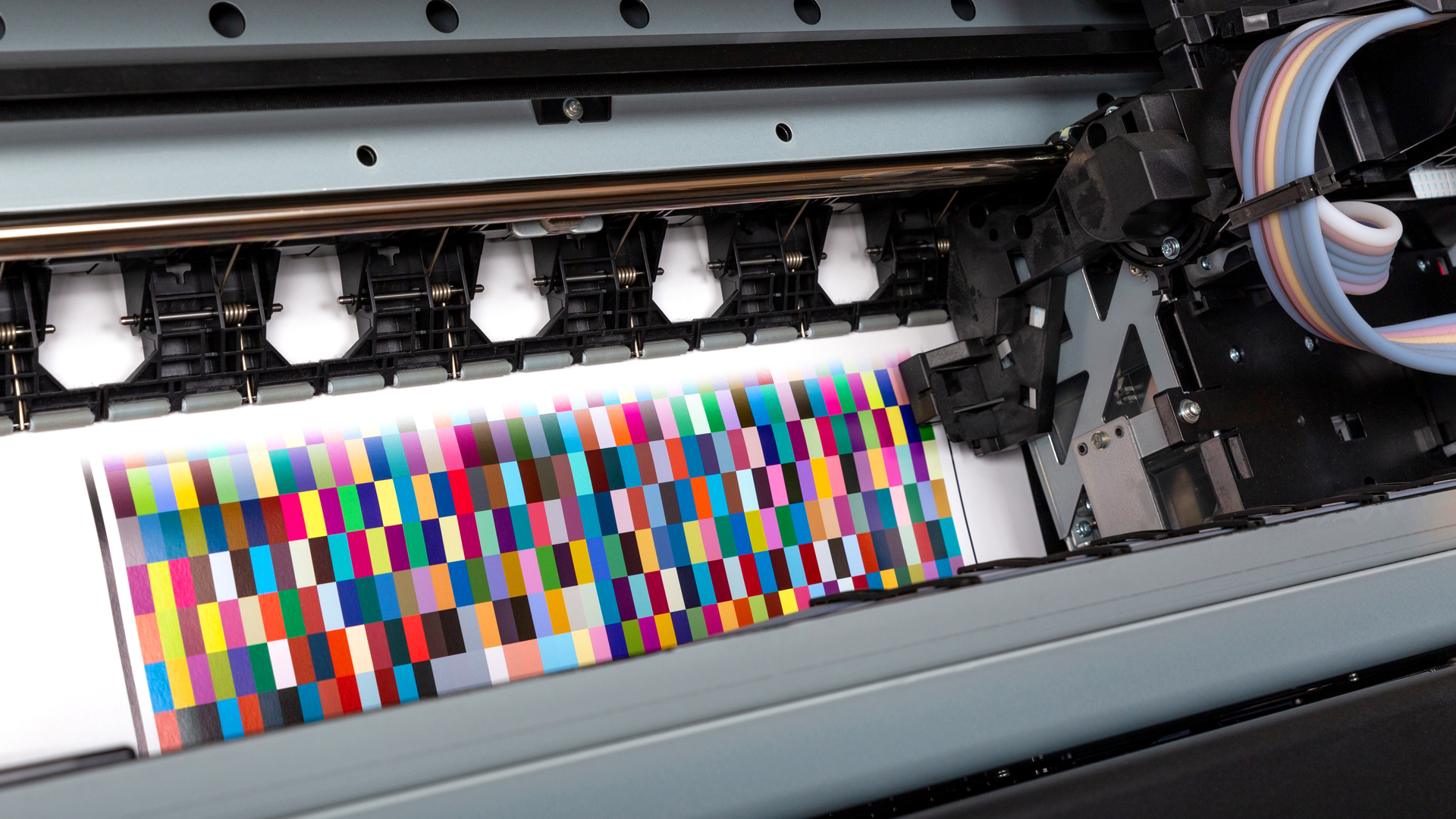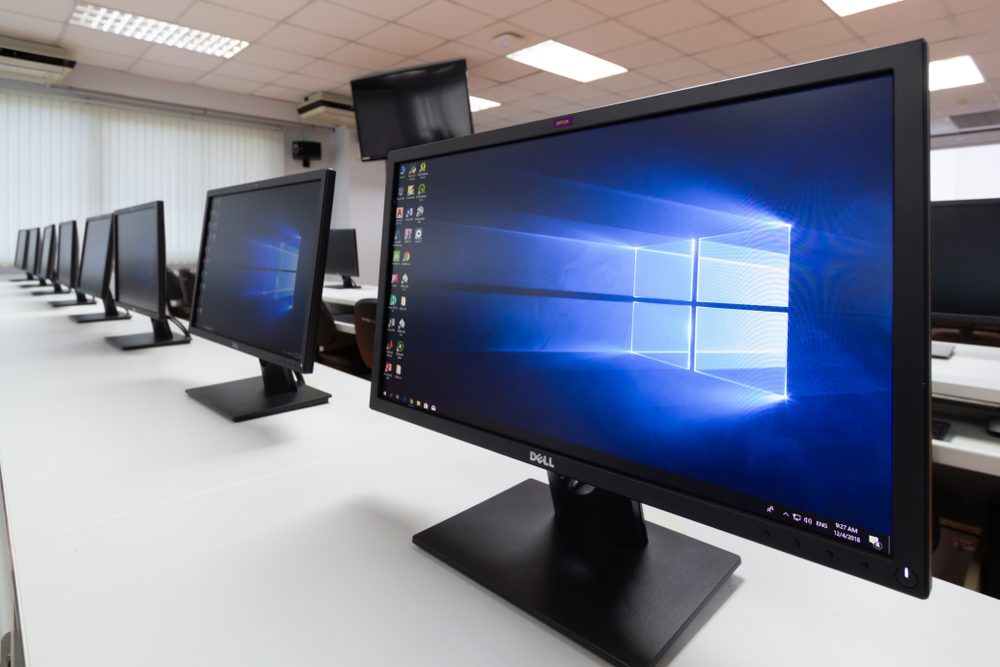What is an output device?
Monitors, speakers and printers all count as output devices, helping you understand and respond to data from your computer


An output device is any peripheral to the main computer that converts data into a form that users can perceive, be it visual (e.g. through a monitor) or audible (e.g. through speakers). The term 'output device' covers a wide range of hardware that connects to your computer via cables, Bluetooth, or even over Wi-Fi, such as printers.
What is DNS? What is JavaScript and why should I learn it? Best printers 2021: For all your printing, scanning and copying needs
Peripheral devices process data from the main computer in order to complete their specific functions. And, because there are so many different kinds of output devices, output data can be drastically different. However, all share core principles of using data from the PC and converting it for their own use cases.
Display output devices

By far the most common kind of output device is a display device. Whether it's the built-in screen of a laptop or an external monitor, every conventional PC relies on some kind of visual display which allows users to see and interact with the system.
Monitors present the data they receive from the main PC in a visual format, which is typically in the form of a graphical user interface (GUI). Through the GUI, a user can interact with the computer's core functions, either indirectly, with the keyboard or mouse, or directly if the monitor has touch screen functions.
Display devices themselves can vary significantly; some have similar capabilities and specifications to high-end TVs, while some monitors are designed specifically for business users. Although most people use a laptop for work, external or additional monitors are a common sight in the workplace, and are also becoming increasingly popular for home and remote workers.
Audio output devices

Alongside display devices, sound equipment and audio hardware devices are the most widely-used kind of output device. Translating data into sound, these devices are an integral part of the user experience for most people, and often take the form of internal speakers built into a notebook or monitor.
Although the speakers fitted into many laptops, phones and tablets won't require any configuration, external audio devices do require some setting up, either by running cables between the PC and the hardware or through wireless protocols such as Bluetooth or Wi-Fi.
Sign up today and you will receive a free copy of our Future Focus 2025 report - the leading guidance on AI, cybersecurity and other IT challenges as per 700+ senior executives
The key functions of audio output devices are not only to transmit sound from audio and video files or from calls, but to alert users to any notifications that arise in the day-to-day running of the operating system and software. Audio notifications may be expressed when an email is received, for example, or when software encounters an error of some kind.
Physical output devices

Aside from display and audio hardware, there's another type of device that offers an output once supplied with information. Physical output devices use input data to create something tangible and yep, you've guessed it, a printer is the best example in this category.
These could be standard 2D printers, reproducing text or images on a piece of paper. More recently, this category has been expanded to include 3D printers outputs - which create entire physical objects based on digital models and instructions. Of course, this latter category is a little more complicated than standard 2D printers.
Plotters are another type of output device. Unless you work in the engineering or architectural sector, it is unlikely that you'll be regularly using these, but they are vital within these fields for converting vector images into physical diagrams. They come in the form of a large machine ‘arm’, which holds a pen (or sometimes a craft knife), which then uses specific instructions to mark a material such as paper in order to sketch out an exact diagram. This is particularly important for cases where precision and accuracy are vital, such as a blueprint.
Other output devices

RELATED RESOURCE

Of course, there are too many output devices to cover in just one article. Alternatives to those listed above include haptic feedback devices, which convey information to users through motion, vibration, or force — think your phone’s vibrations, or the rumble of a gaming controller. Haptic feedback is also being trialled for use in virtual reality controllers, to pair the physical sensation of touch with the visual stimulation provided by the headset itself.
Braille readers are another example of an output device, bridging the gap between monitors and physical output devices by allowing visually-impaired users to read text by way of physical output. This is usually achieved through the use of round-tipped pins raised through holes, to simulate braille markings as the cursor is moved across text.

Keumars Afifi-Sabet is a writer and editor that specialises in public sector, cyber security, and cloud computing. He first joined ITPro as a staff writer in April 2018 and eventually became its Features Editor. Although a regular contributor to other tech sites in the past, these days you will find Keumars on LiveScience, where he runs its Technology section.

